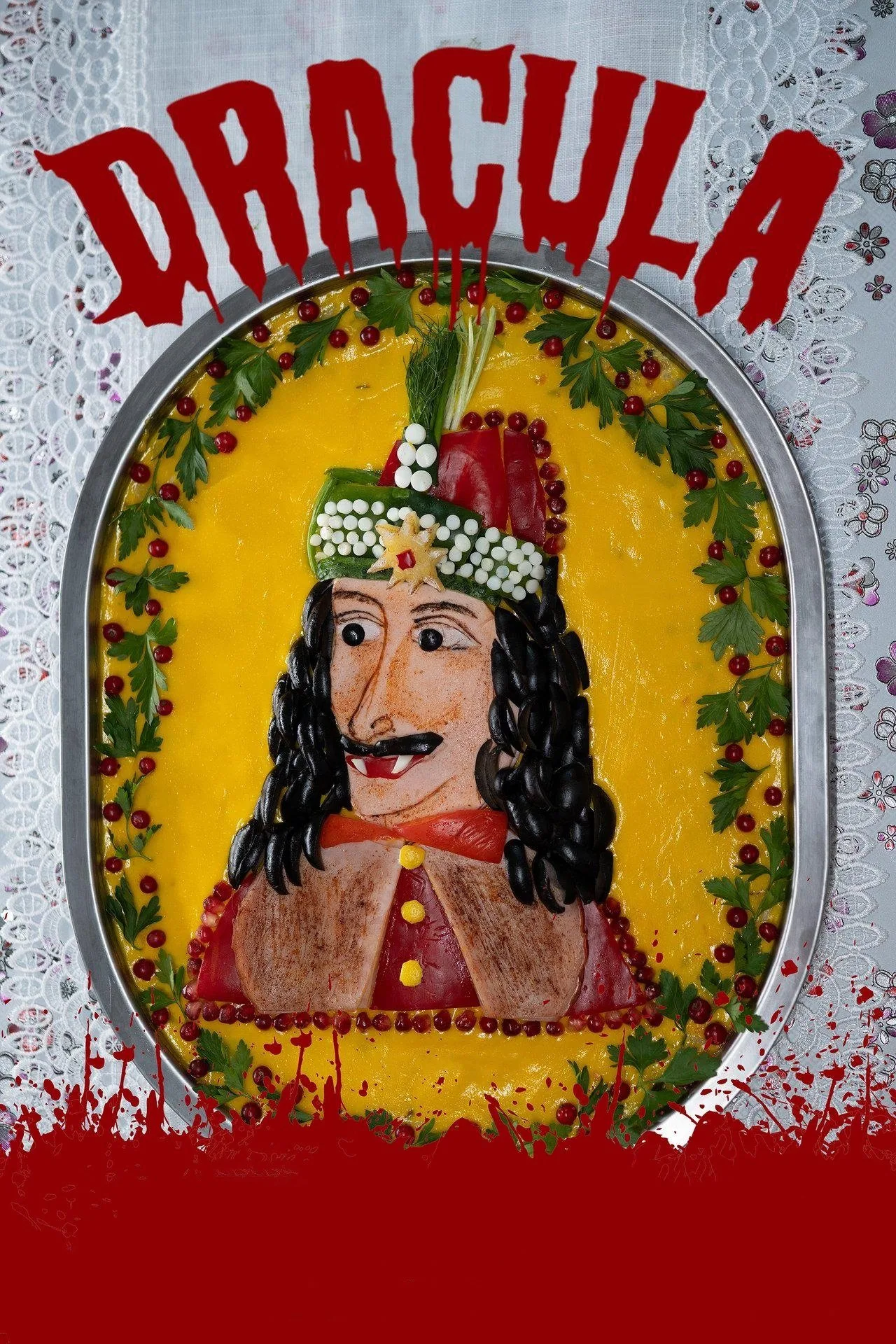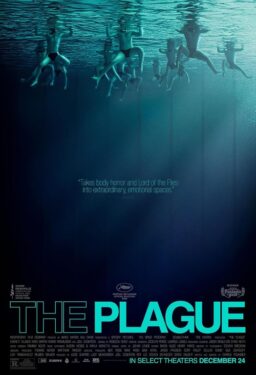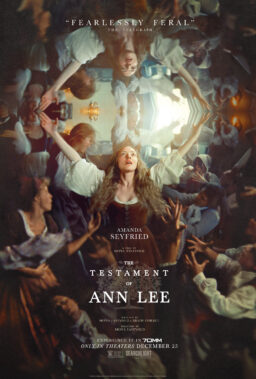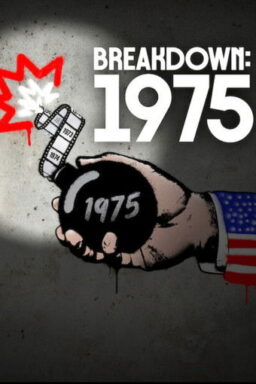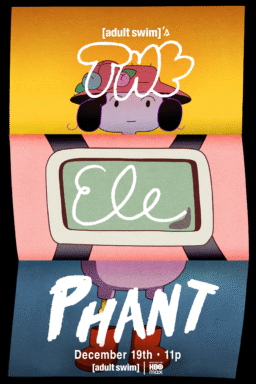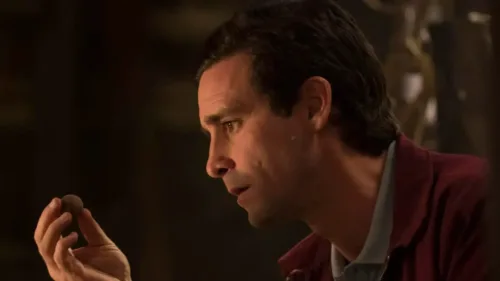The fact that Radu Jude‘s “Dracula” is 170 minutes long is itself a troll. To be clear, an extended runtime is not unprecedented for the Romanian director; his last film, the excellent late-capitalist satire “Do Not Expect Too Much from the End of the World,” was nearly as leisurely. The prank here is that “Dracula” is so artificial, so juvenile—so relentlessly, defiantly stupid—that there’s no need to marinate in it that long to get the point. And yet…
Profanity is another of Jude’s favorite tools: Take the explicit sex scene that opens his film “Bad Luck Banging or Loony Porn,” for example. That impulse is taken to extremes in “Dracula,” whose unyielding barrage of dick jokes builds to an extended bit that sees dismembered members divebombing panicked actors like the titular birds in Hitchcock’s film. These combine with comedic vignettes featuring a series of rubber-fanged vampires in Vlad the Impaler drag, along with cryptic nods to Romania’s literary past (perhaps Jude’s most head-scratching signature).
The overall effect is as if you fed ChatGPT a book of bawdy medieval verse, which is perfectly in line with the film’s most provocative aspect. “Dracula” is loaded with sequences created with generative AI, contextualized by a narrator (Adonis Tanța) sitting in a bare, monastery-style cell in his bathrobe. He apologetically explains that he’s been charged with directing a Dracula film using the fictional AI programs Viacu2000 and DRAIJudex 0.0, and what we’re about to see are their attempts to craft a crowd-pleasing blockbuster based on vampire lore.
Every single one of these AI sequences is eye-wateringly ugly, tasteless, smudged, and melting around the edges. Some of them are funnier than others—the AI’s uncanny understanding of the erotic appeal of vampires is especially absurd—while others are just repellent. Together, they have the cumulative effect of making the viewer doubt reality, even in sequences that aren’t clearly marked as AI. Is the texture of Tanța’s bathrobe just a little too smooth, or has the AI trained our eyes to make real fabric look fake? And his hands—are human hands actually supposed to look like that?
As if reassuring the audience that they were, in fact, handmade, the non-AI sequences in “Dracula” are shoddily executed in their own distinctive, droll ways. An overly long public-access-style adaptation of the 1938 Romanian novel “Vampirul” shows the concrete floor and lighting rigs of the soundstage on which it was shot and doesn’t bother to edit out the modern cars driving in the background of scenes ostensibly set in the 19th century. Another recurring storyline, about the employees of a Dracula-themed dinner theater who escape from what’s essentially a vampire-themed sex trafficking ring, is shot in low-resolution DV that pixelates into mush in low light.
The most professional-looking scenes in “Dracula” involve different incarnations of Vlad III, a.k.a. Vlad the Impaler, played by actors of various ages, genders, and body types. They engage in wacky adventures like spying on a tour of Vlad’s birthplace, going to a vampire dentist, and opening a digital sweatshop where underpaid Romanians play phone games on behalf of wealthy Americans. That last segment is the most satirically coherent in the film, taking the cutting irony of “Do Not Expect Too Much from the End of the World” and cloaking it in Halloween-store silliness.
The point of the remaining 160-ish minutes of “Dracula” is more obscure. Vlad III is a prominent figure in Romanian history, although centuries of literary adaptations have defanged him (pun intended) as the military leader he was in his lifetime. Now, his legacy is in the stalls full of cheap plastic trinkets that line the cobblestone streets outside historical sites associated with him. Jude underlines this decline by turning the fearsome Impaler into a clown, a copy of a copy of a rumor of a legend of a real historical figure whose reign of terror has been chewed up and shit back out as a tourist attraction.
While this process took centuries, AI can transform reality into spoon-fed slop within seconds. What ties “Dracula” together as a satire, however loosely, is Cory Doctorow’s concept of “enshittification,” in which the union of technology and capitalism inevitably degrades online products and services over time. Generative AI has flooded the internet with a massive volume of incoherent nonsense, melting and morphing the world into uncanny shapes. And we’re all getting dumber as a result.
This is the reason why “Dracula” is so crude and repetitive. It’s a slop movie made for a slop world, and Jude’s contempt for the tools that are facilitating this slop-pocalypse is tangible. It’s unlikely to change anyone’s mind about AI, given that the technology’s most impassioned evangelists are rarely the same type of people as those who see three-hour Romanian art films. But as an experiential descent into the six-fingered hell that awaits us all if resentful billionaires with God complexes get their way, it’s quite sobering. The AI revolution has all the dignity of a dildo joke, and Radu Jude is happy to oblige.
This review was filed from the U.S. premiere at Fantastic Fest on September 26. It opens on October 29, 2025.



